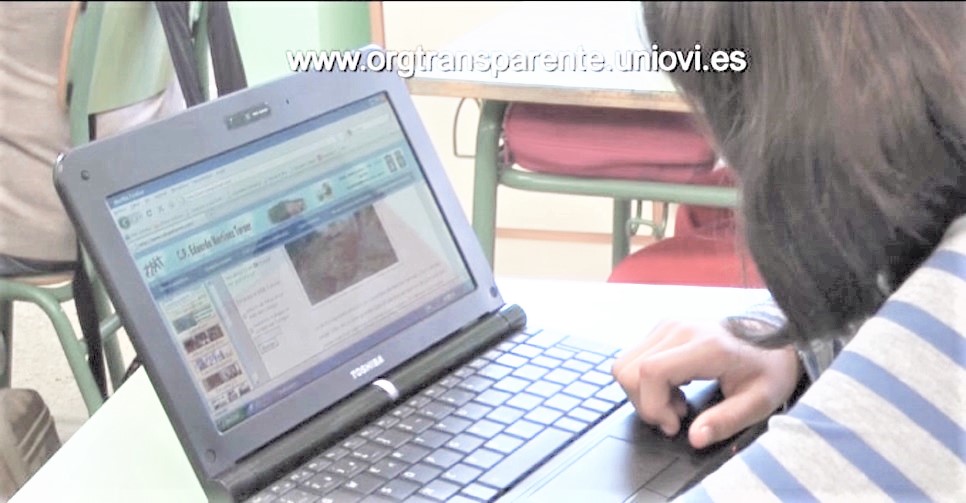
Educational resources are the spaces, equipment, materials and tools necessary to support learning. Educational resources are understood as everything that contributes to the best possible development of the teaching and learning processes.
Some resources are spatial and correspond to the possibilities and adequacy of school buildings for educational purposes: general and specific classrooms, playgrounds, offices, meeting rooms, toilets, etc., with the proper conditions of sanitation, lighting, temperature, sound insulation, accessibility.
These spaces must be suitably furnished, with ergonomic equipment appropriate to the size of the students – tables and chairs – and another where to place the school supplies – shelves, cabinets – and the traditional or digital blackboard.
This basic material is sent by the educational administration to the centres. The specific classrooms are also equipped according to the contents taught in them.
Another important resource is the economic one. The centres receive an amount of money to cover operating expenses and to acquire some materials that swell the inventory and for which they are accountable to the Council and the Administration.
Due to the high economic cost involved, it is worth mentioning the technological equipment that is being introduced in the schools, both for administrative management and for the acquisition of knowledge through digital information. Now, virtually every school has Internet connection and students are coming to the classroom with their laptops.
For some, time is one of the most important resources in education. The times mark the duration of courses, cycles, stages, in short, of the periods of schooling. It is important to point out that school timetables are fixed by the corresponding regulations. In any case, time has the disadvantage of not being able to be accumulated in order to use it on a better occasion, so that the maximum use of time is one of the quality elements of a school.



